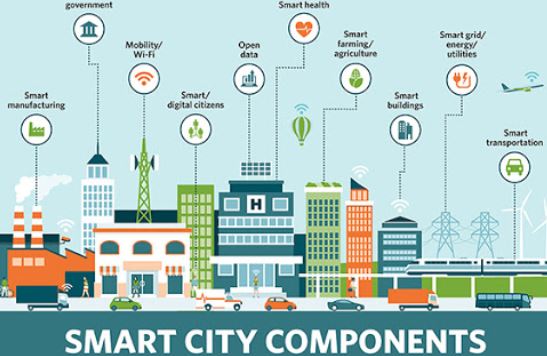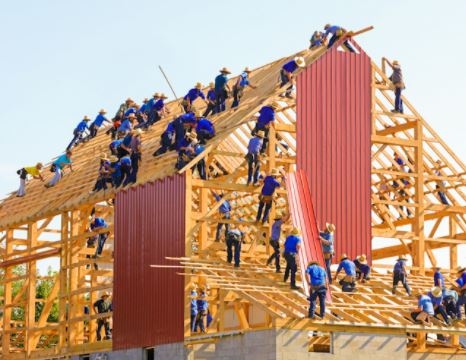
After the implementation of major restrictions, the government’s actions are usually an influx of resources, including millions of Australian dollars provided by humanitarian agencies to rebuild houses. The image of victims of destruction and suffering produced deep compassion and generosity, and produced a “donation revolution” to alleviate suffering and help rebuild broken lives. For example, Homebuilder under the epidemic.
However, the dumping of this kind of support often occurs with limited knowledge of the actual conditions of the affected persons and the support they need. Compared with expensive reconstruction projects, little attention has been paid to project evaluation. Non-governmental organizations (NGOs) and other humanitarian agencies often focus on short-term results.
Sometimes, highly paid external consultants conduct mid-term project evaluations. There are few studies on long-term recovery issues.
Relevant research results emphasize the need to consider the community’s views on post-residential issues and development opportunities. It is important to understand why resettled residents resort to their own home renovation. This is how they deal with the impact and shortcomings of humanitarian housing projects.
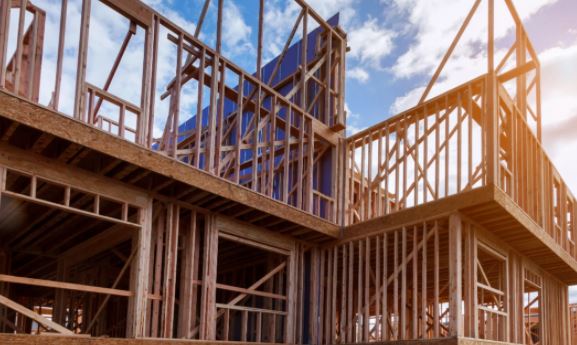
Cagayan de Oro case-case study
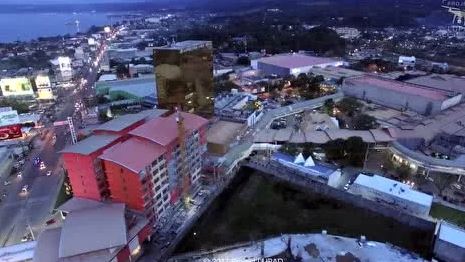
According to the World Risk Index 2019, the Philippines ranks among the top ninth countries in Asia and the world with the highest disaster risk. To date, typhoons are the most common hazard. The poor and those living in vulnerable areas are most threatened.
From December 16th to 17th, 2011, Typhoon Vashi (locally known as Fairy Cave) destroyed most of Cagayan de Oro, the regional center of northern Mindanao. Washi has displaced more than 250,000 people, almost 40% of the urban population. About 85% of the affected families (mainly poor families) live in informal settlements near or along the Cagayan River.
After the typhoon, the state-led rehabilitation plan focused on the construction of 11,225 permanent houses. Humanitarian agencies built 86% of them for families in the relocation sites.
The government mobilized resources and attracted multiple stakeholders for rapid construction. In April 2012, four months after the disaster, the first families moved into new houses. The location of the new house is 7 to 20 kilometers from the original house near the city center. The previous settlements have been cleared and declared as “no construction zones” to prevent the return of resettled residents.
NGOs, volunteer groups, and community organizations worked with local and national governments to build new settlements and houses. Each organization selects the type of house to be built in accordance with the minimum standards set by the Philippine government agency.
Key considerations include access, public facilities, sanitation, and water and electricity supply. However, in many cases, public taps or deep wells provide water, and after years of occupation, there is still no electricity.
Another major problem is the limited floor space of housing units. Provided 21 square meters of housing for 12 families. In some houses, temporary materials are used. The result is poor living conditions for the resettled residents.
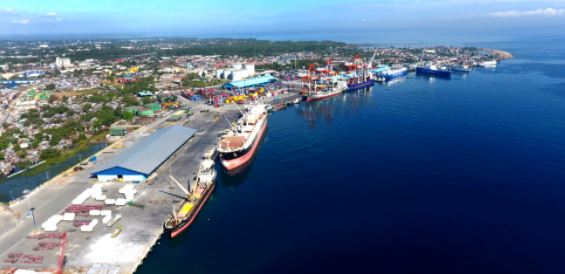
Why do residents decorate their houses by themselves

In our field work, we have seen how residents can gradually improve their houses through their own renovations. This work depends on their available resources and changing family needs and plans.
For many residents, the most relevant factors they consider in housing expansion are:
The composition and needs of their family
Local economic and social cultural factors
Local environment and climatic conditions.
For example, the formation of the people is a key factor. Many residents have added extra space or space to run retail stores and other home businesses. The following table shows other reasons for overlap and motivations for house renovations.
The impact of the provided housing on the lives of residents will affect the residents themselves or the subsequent investment in housing construction with the support of humanitarian groups.
The lack of proper monitoring of incremental house modifications can compromise house safety. Unreliable structural quality may make some residents vulnerable to earthquakes or typhoons. The use of temporary materials for uncontrolled construction also poses the risk of fire.

City and community strategy

In addition to improving hard systems, communities can also increase their own resilience through smart plans. NASA scientist Cynthia Rosenzweig (Cynthia Rosenzweig) and Hunter College (Hunter College) geography professor William Solecki (William Solecki) pointed out that from floods and droughts to extreme heat events, every city is different The vulnerability. They believe that scientists, officials, and citizen groups should work together to determine how to resolve the most serious gaps in each community.
They suggested: “Scientists and stakeholders need to work together to understand the risks associated with each city so that they can find effective ways to prepare for climate change.” “In order to develop specific local climate action plans, benefits Stakeholders and scientists need to work together to understand climate risks, brainstorm strategies and determine priorities for implementation.”
Four counties and 26 cities in southeastern Florida launched an innovative regional planning project in 2009, the Southeast Florida Regional Climate Change Compact. The organization has developed a climate change action plan for its members and is committed to promoting wise responses to the effects of sea level rise and flooding.
Planning scholars Karen Vella and William Butler said that the contract is innovative and effectively promotes the need to adapt to climate change:
“The contract seeks to modify comprehensive land use plans, stormwater master plans, zoning regulations, building codes, and transportation standards, and operates through existing plans and policy processes. Implementation depends on county and city government decision-making procedures, budgets, and local Methods of public participation, law enforcement, supervision and review, and politics.”
However, they pointed out that as long as members do not have to take action, such actions will have limited impact. Adapting to climate change will require difficult decisions to steer development away from flood-prone areas and pay for infrastructure upgrades. Nevertheless, adapting to Florida’s planning model will be a good way for other regions to start responding to climate change.
